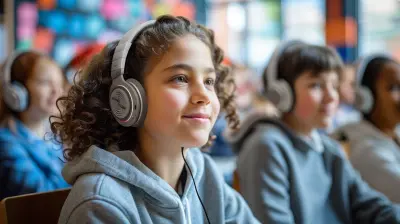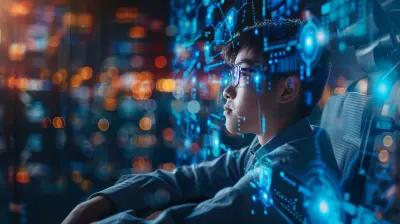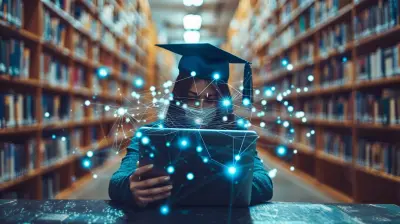Art as a Bridge Between Cultures: Lessons in Global Understanding
4 June 2025
Art is more than just paint on a canvas, a melody in the air, or a sculpture in a museum. It’s a universal language, a cultural handshake that transcends borders, generations, and ideologies. In a world often divided by politics, religion, and traditions, art serves as a powerful bridge, connecting people through shared emotions, stories, and perspectives.
But how exactly does art foster global understanding? Why does a painting from Japan resonate with someone in Brazil? And what lessons can we, as a global community, learn from the way art connects cultures? Let’s dive in.
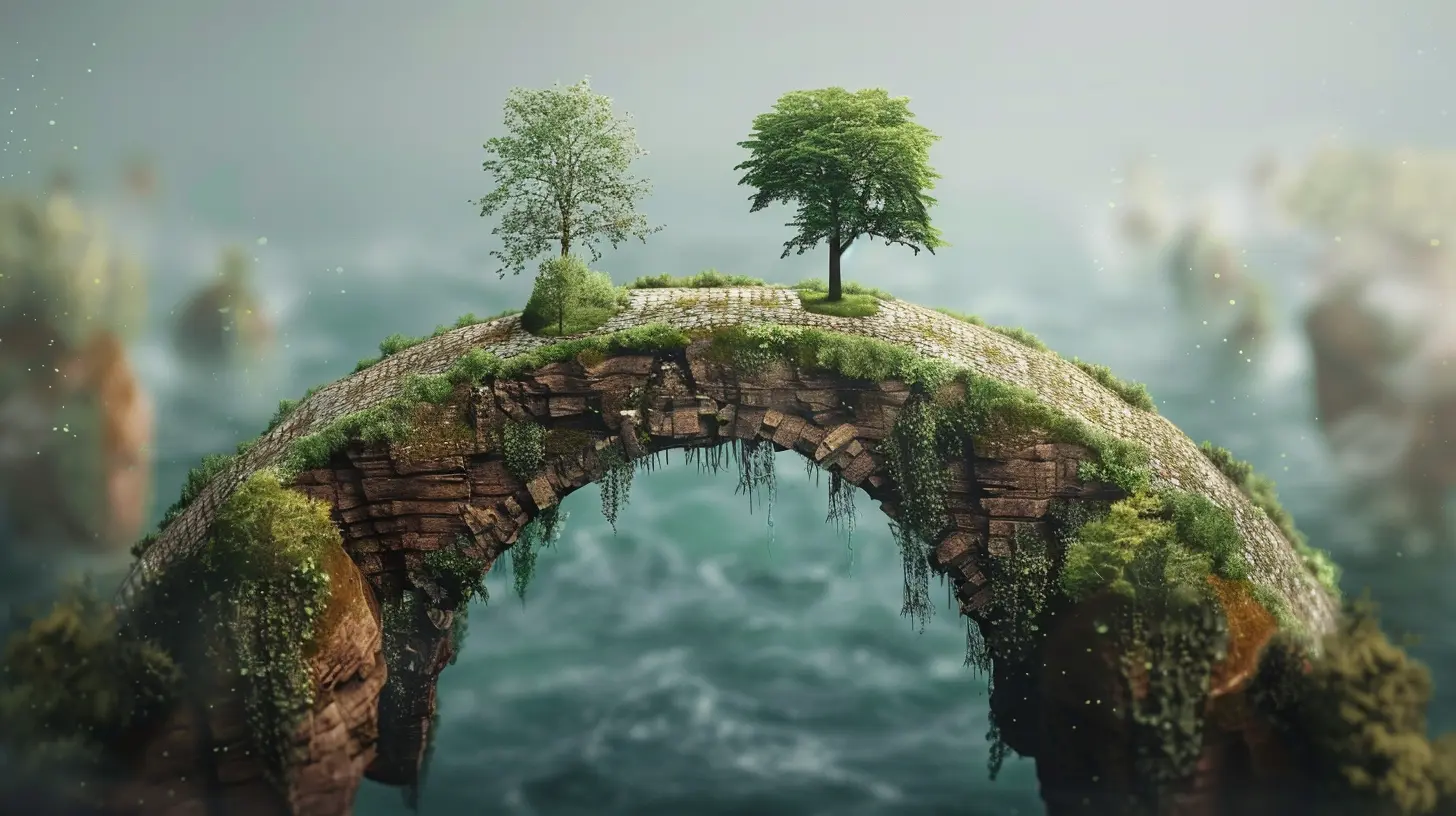
The Universal Language of Art
Ever listened to a song in a language you didn’t understand but still felt an emotional connection? Or seen a painting that spoke to you without a single word? That’s the magic of art—it communicates feelings, ideas, and experiences without needing translation.Think about Picasso’s Guernica, a harrowing depiction of war that speaks to anyone who has ever felt the pain of conflict. Or Frida Kahlo’s self-portraits, which express pain and resilience in a way that resonates with people across cultures. Art doesn’t rely on words; it taps into something deeper—our shared humanity.
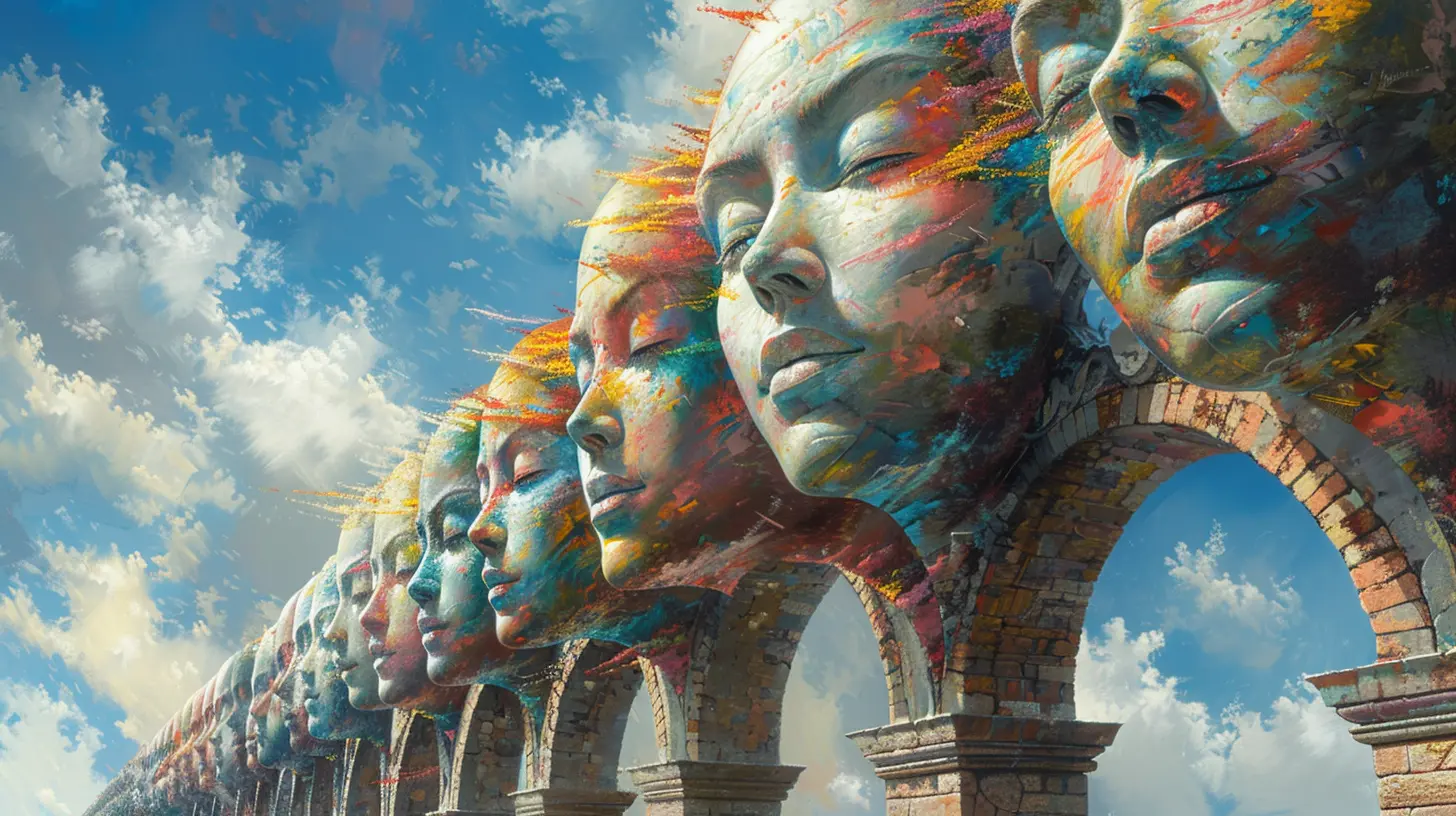
Art as a Reflection of Culture
Every piece of art carries the DNA of the culture that created it. From the intricate patterns of Islamic calligraphy to the bold, expressive strokes of Indigenous Australian dot paintings, art tells the story of a people, their struggles, joys, and beliefs.For example, Chinese ink paintings emphasize harmony with nature, reflecting a philosophy deeply ingrained in Chinese culture. Meanwhile, African tribal masks, used in rituals and ceremonies, carry spiritual significance that connects the present with the ancestors. Each form of artistic expression is a window into the values, traditions, and philosophies of a society.
By engaging with art from different cultures, we gain insights into perspectives outside our own. We begin to appreciate the diversity of human experience and build bridges of empathy and understanding.
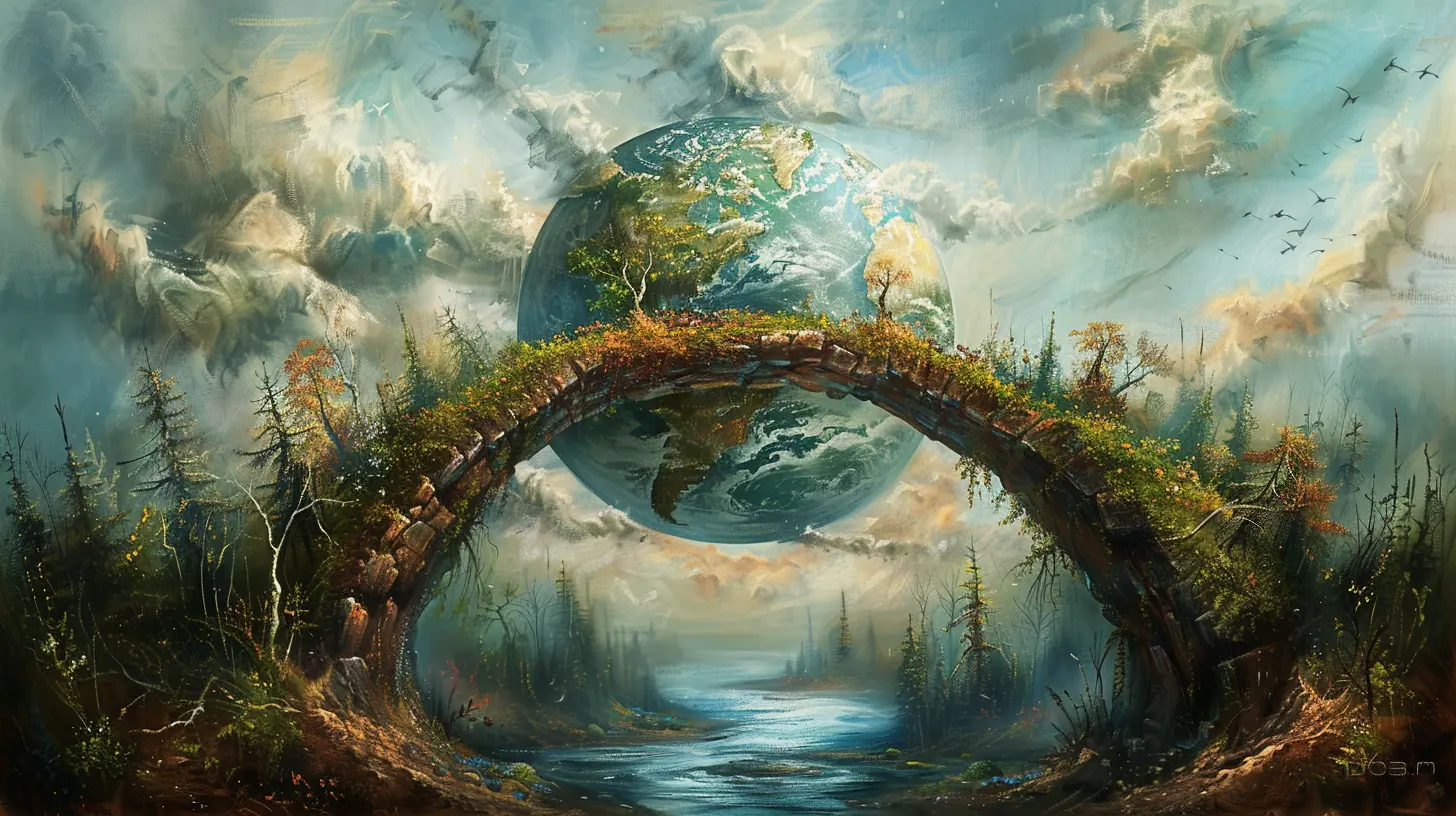
Cross-Cultural Inspiration in Art
History is full of examples of artists being inspired by cultures far from their own. The Impressionists, for instance, were heavily influenced by Japanese woodblock prints, adopting their use of bold colors and unique compositions. Similarly, Western musicians have often integrated rhythms and instruments from African and Latin American traditions, creating entirely new genres.When artists borrow, reinterpret, and blend styles from different cultures, they create something fresh and universally relatable. This fusion not only enriches artistic expression but also fosters appreciation and respect between cultures.
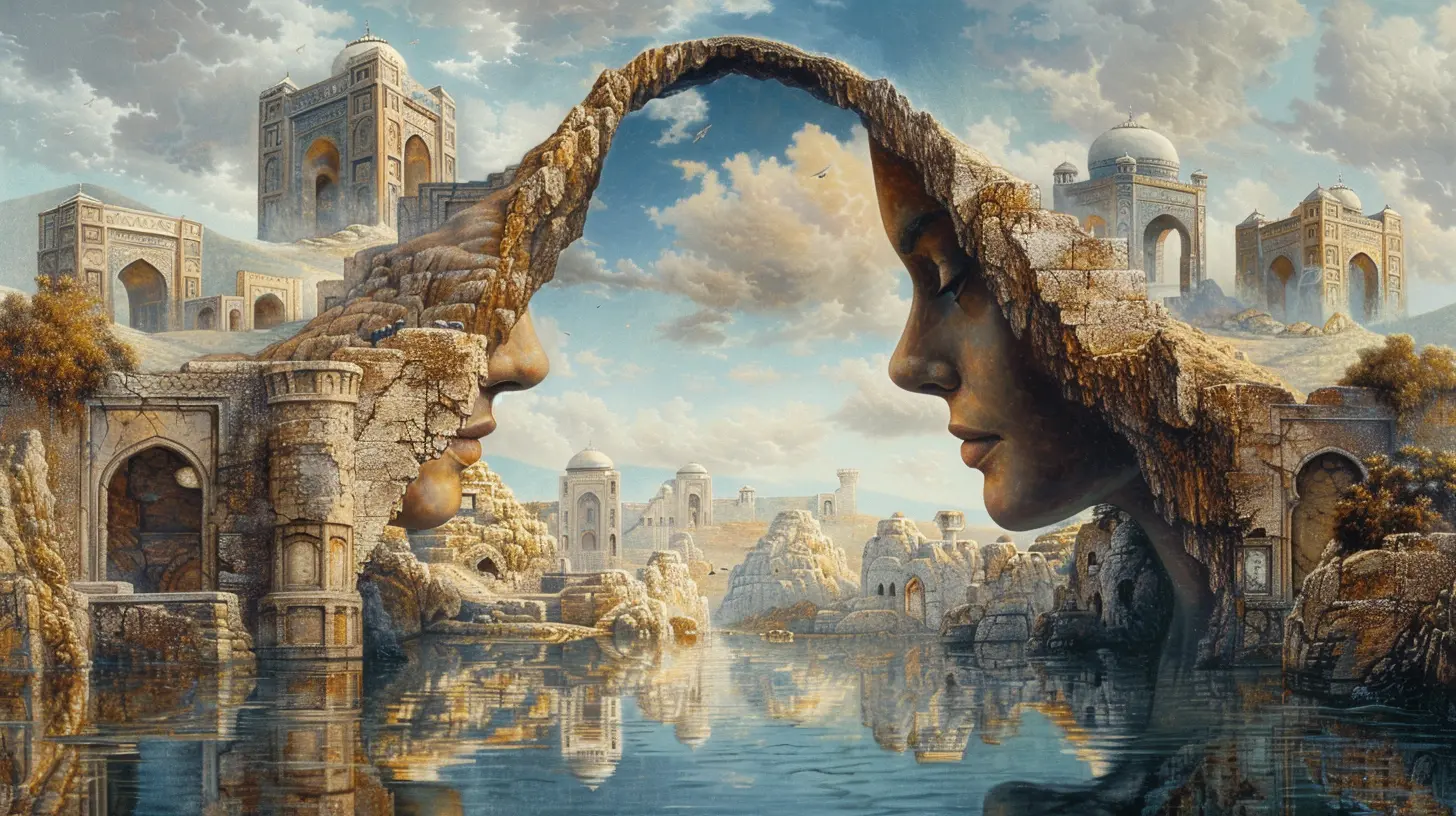
Art as a Tool for Social Change
Art has long been a powerful vehicle for raising awareness and challenging social norms. Whether it’s protest music, political cartoons, or thought-provoking street art, creative expression has the power to challenge oppression, spark conversations, and inspire change.Take Banksy, whose graffiti art highlights social and political issues worldwide, or Ai Weiwei, who uses his work to criticize censorship and human rights violations in China. These artists remind us that art isn’t just about beauty—it’s about meaning, impact, and dialogue.
When people from different backgrounds engage with socially conscious art, they gain new perspectives on issues they might not experience firsthand. This fosters a sense of global solidarity and a deeper understanding of shared human struggles.
The Digital Age: Expanding Artistic Connections
The internet has revolutionized the way art connects people. Platforms like Instagram, TikTok, and YouTube allow artists to share their work instantly with a global audience. A street artist in Mumbai can inspire a graphic designer in New York, and a musician in Nairobi can collaborate with a producer in Tokyo—all without leaving their hometowns.Virtual art galleries and online workshops make it easier than ever to engage with artistic traditions from around the world. This digital exchange not only enriches individual creativity but also strengthens cultural ties across borders.
Lessons in Global Understanding Through Art
So, what can we learn from art as a bridge between cultures?1. Empathy Through Expression – Engaging with another culture’s art fosters empathy. It allows us to "walk in someone else’s shoes" and see the world through their lens.
2. Celebrating Diversity – Artistic differences are not barriers; they are opportunities to celebrate the richness of human creativity.
3. Breaking Stereotypes – Art challenges misconceptions and broadens our understanding of different cultures beyond mainstream narratives.
4. Encouraging Dialogue – Whether through an international film, a cross-cultural music collaboration, or a thought-provoking painting, art sparks conversations that lead to deeper understanding.
5. Recognizing Shared Humanity – No matter where we come from, we all experience love, loss, joy, and struggle. Art reminds us that, at our core, we are more alike than we are different.
Final Thoughts
Art is more than just a form of creative expression—it’s a powerful bridge that connects cultures, fosters understanding, and reminds us of our shared humanity. In an increasingly globalized yet sometimes divided world, embracing art from different cultures can help us build a society that values connection over conflict, dialogue over division, and creativity over conformity.So next time you hear a foreign song, admire a painting from another country, or watch a film with subtitles, remember—you’re not just consuming art. You’re engaging in a global conversation.
all images in this post were generated using AI tools
Category:
Art EducationAuthor:

Olivia Lewis
Discussion
rate this article
3 comments
Zadie Franklin
This article beautifully highlights the power of art in fostering cultural connections. It’s a reminder that creativity transcends borders, allowing us to appreciate diverse perspectives and deepen our understanding of each other. Thank you for sharing!
June 9, 2025 at 4:44 AM

Olivia Lewis
Thank you for your thoughtful response! I’m glad you resonated with the article's message about art's role in connecting cultures.
Ronan McClintock
This article beautifully highlights art's vital role in fostering cross-cultural connections and promoting global understanding. Thank you!
June 7, 2025 at 2:33 AM

Olivia Lewis
Thank you for your kind words! I'm glad you found the article meaningful in highlighting art's role in bridging cultures.
Caroline Miller
This article beautifully highlights how art transcends boundaries, fostering empathy and understanding among diverse cultures. It's a powerful reminder of art's role in global unity and connection.
June 5, 2025 at 10:52 AM

Olivia Lewis
Thank you for your thoughtful comment! I’m glad the article resonated with you and highlighted art's vital role in fostering connection and understanding across cultures.
